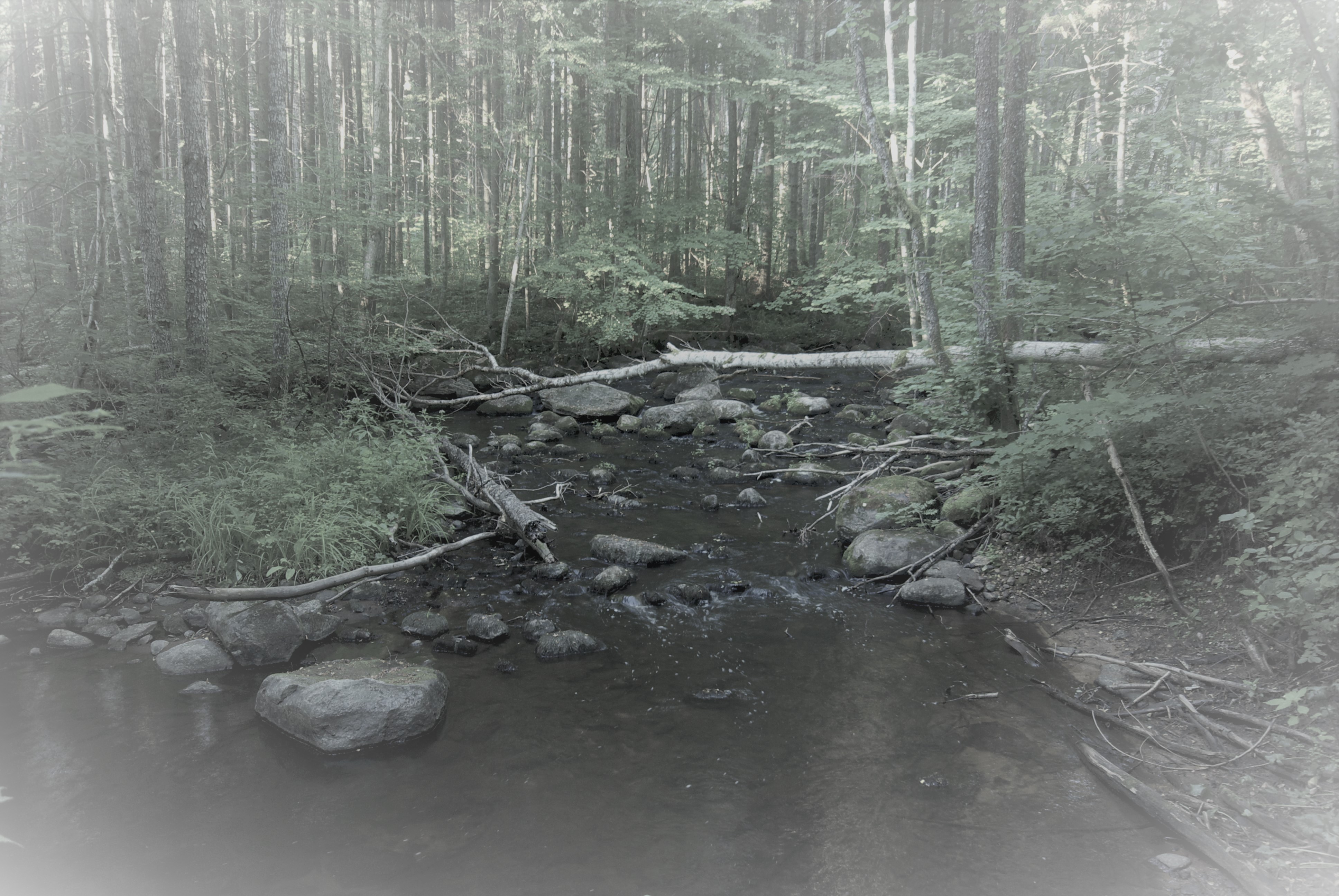
The very permanent primary communities formed of the white beak-sedge (Rhynchospora alba), brown beak-sedge (Rhynchospora fusca), oblong-leaved sundew (Drosera intermedia), round-leaved sundew (Drosera rotundifolia), and marsh clubmoss (Lycopodiella inundata) in open wet peatlands, sometimes sand. They are found in blanket bogs, raised bogs, as well as in wet heaths with seeping water or cold erosion, alluvial areas, and on the shores of oligotrophic lakes.
White beak-sedge communities occur mainly in the bog hollows in Estonia, forming a part of a vegetation complex characteristic of bogs, which is why there is no point in treating the habitats of this species as such as a separate habitat. As an independent habitat, a distinction should be made for the more extensive bog hollow systems with the white beak-sedge that are found in some bogs and bog systems.
Includes the habitat type 3222 (treeless/treed ridge-hollow bog site type) and type group 321 (heath moors) according to Paal.